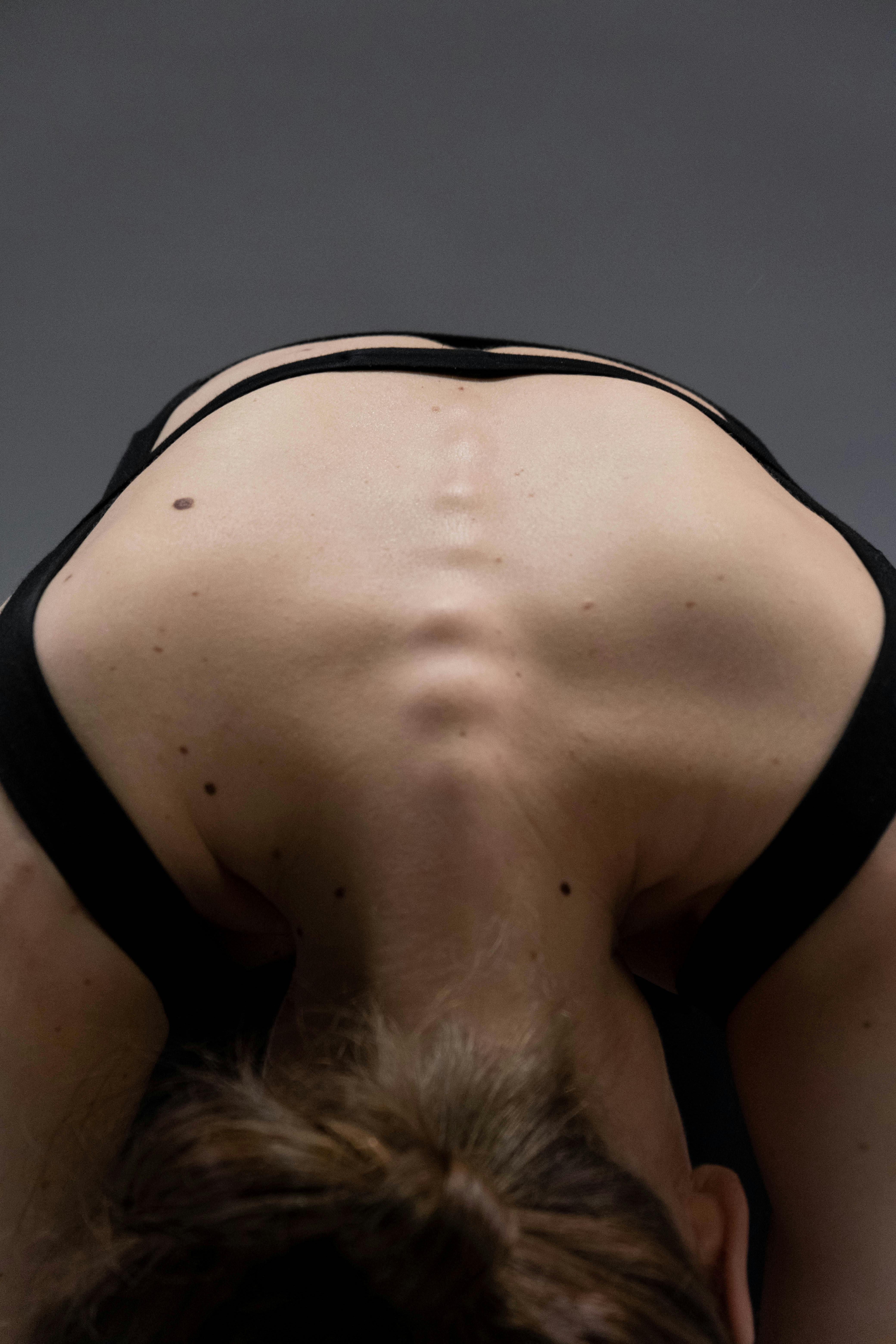Practical Guide to Rückenübung Kabelzug: Top 5 Techniques for Stronger Back in 2025
Understanding the Importance of Rückenmuskeltraining
Kabelzug Rückenübung, or cable back exercises, play a crucial role in maintaining overall back health and strength. A strong back not only supports better posture but also aids in preventing various back-related injuries. Engaging in effective Rückenmuskeltraining can significantly enhance your physical performance, whether you’re an athlete or someone who leads a sedentary lifestyle.
The benefits of Kabelzug exercises include improved muscle coordination, enhanced flexibility, and better functional movement patterns. By integrating these exercises into your fitness regimen, you can strengthen your back, thus supporting other body movements and reducing the risk of injuries. This article will outline the top five techniques for effective Rückenübungen with cable systems, offering you actionable insights for incorporating them into your routine.

As we explore these techniques, we will dive into their execution, targeting specific muscle groups, and the importance of proper form. Let’s move ahead and understand how to effectively use Kabelzug machines for a robust back training program.
Top 5 Rückenübungen with Kabelzug for Strengthening Your Back
1. Cable Seated Row for Comprehensive Back Engagement
The seated cable row is an essential exercise for targeting the upper and middle back. You begin by sitting at a cable machine with your feet planted firmly on the platform. Grip the handle with both hands, keeping your knees slightly bent. Pull the handle towards your abdomen while squeezing your shoulder blades together, then slowly return to the starting position. This movement works the latissimus dorsi, rhomboids, and trapezius muscles.
Start with moderate resistance and focus on form. It’s essential to avoid hunching the shoulders and maintain a straight back throughout the exercise. Common mistakes include using too much momentum or incomplete range of motion. Aim for 3 sets of 10-15 repetitions to experience effective results.
2. Standing Cable Pulldown for Upper Back Definition
The standing cable pulldown is excellent for conditioning your upper back. Stand facing the cable machine, grasp the high pulley, and pull the bar down towards your chest while bending your elbows. Keep your core engaged and chest lifted, ensuring controlled movement throughout. This exercise primarily focuses on the lats.
Pay special attention to the shoulder blade movement; they should retract as you pull down. Keep your elbows slightly tucked and avoid flaring them out. Aim for 3 to 4 sets of 8-12 reps for optimal strength gains without compromising form.
3. Cable Face Pull for Shoulder Health and Stability
This exercise targets the rear deltoids and upper back, providing significant benefits for shoulder health. Adjust the cable to high position and stand facing the machine. Holding the rope attachment with both hands, step back and pull the rope towards your face while spreading your elbows wide. Squeeze your shoulder blades together at the peak of the movement.
Incorporate slow movements to enhance muscle engagement. Make sure you avoid leaning too far back or using momentum. Aim for 3 sets of 10-15 controlled repetitions, focusing on maintaining stability and ensuring a full range of motion.

4. Single-Arm Cable Row for Unilateral Strength
The single-arm cable row provides significant benefits in preventing muscle imbalances. It engages the entire back along with improving core stability. Attach the handle to a low pulley and stand to the side, pulling with one arm while the other stabilizes the body. Focus on pulling the handle to your hip while preventing your body from twisting.
It’s crucial to alternate both sides in your training routine. This ensures you’re maintaining symmetry in your back structure and strength. Start with lighter resistance to perfect your technique—3 sets of 8-12 reps per side should provide a solid foundation for muscle development.
5. Cable Back Extension for Lower Back Strengthening
This exercise is perfect for focusing on the lower back, an area often neglected in traditional ejercicios. Set the cable at a low level; with the handle held between your feet, hinge forward with a straight back, then extend back to the upright position. This mimics a deadlift motion but emphasizes the lower back through controlled resistance.
Be mindful of your form—never round your back. Slow and steady movements will yield the most benefit. Incorporate 3 sets of 10-15 repetitions, gradually increasing the resistance as your strength improves.
Integrating Rückenübungen into Your Routine
With the techniques covered above, integrating them into a comprehensive Rückenfitness program is essential for optimal results. Consider the following tips to enhance your training efficiency and effectiveness:
Balanced Routine for Holistic Back Development
Incorporate a combination of all five exercises several times a week. You can pair these with core stability workouts to support overall spinal health. For best results, maintain a balance between strength training and flexibility exercises.
Mind-Muscle Connection
Focusing on the muscles being targeted during each exercise ensures better engagement and growth. Visualize the muscles working as you perform each repetition, enhancing the effectiveness of your training.
Monitoring Progress
Track your performance by noting weights lifted and repetitions completed. Adjust your routine periodically to prevent plateaus—this is essential for continuous improvement.
Safety and Recovery Strategies in Rückenfitness
While engaging in Rückenübungen, it’s vital to prioritize safety to avoid injuries. Incorporate proper warm-ups to prepare your muscles before workouts and cool down afterward to promote recovery.
Warm-Up and Stretching
Prior to your workouts, dynamic stretches focusing on the back and shoulders can significantly improve your range of motion. Additionally, post-workout static stretches will facilitate recovery and prevent stiffness.
Listening to Your Body
Always be aware of your body’s signals. If you feel pain beyond normal muscle fatigue, it’s imperative to reassess your form or consider taking a break. Additionally, don’t hesitate to consult fitness professionals if uncertainties arise.
Q&A: Common Fragen zu Kabelzug Rückenübungen
What are the best Kabelzug Routine Exercises for Beginners?
Beginner-friendly exercises include seated cable rows and cable face pulls, as they not only engage the back muscles effectively but also provide support for developing proper form without overwhelming beginners.
How can I avoid injuries while performing Rückenübungen?
Maintaining proper form, avoiding excessive weights initially, and ensuring a thorough warm-up significantly reduces the risk of injuries. Gradually progressing with resistance is key.
How often should I integrate Rückenübungen into my fitness routine?
Aim for at least two to three sessions per week focusing on back strength. This frequency allows for adequate recovery while promoting muscle growth.
Can I perform these exercises at home?
If you have access to a cable machine, you can perform these exercises effectively at home. Alternatively, resistance bands can be a great substitute for similar movements.
What role does recovery play in my back training regimen?
Recovery is crucial for muscle development and injury prevention. Ensure you are giving your muscles time to heal and grow by incorporating rest days and proper nutrition.
